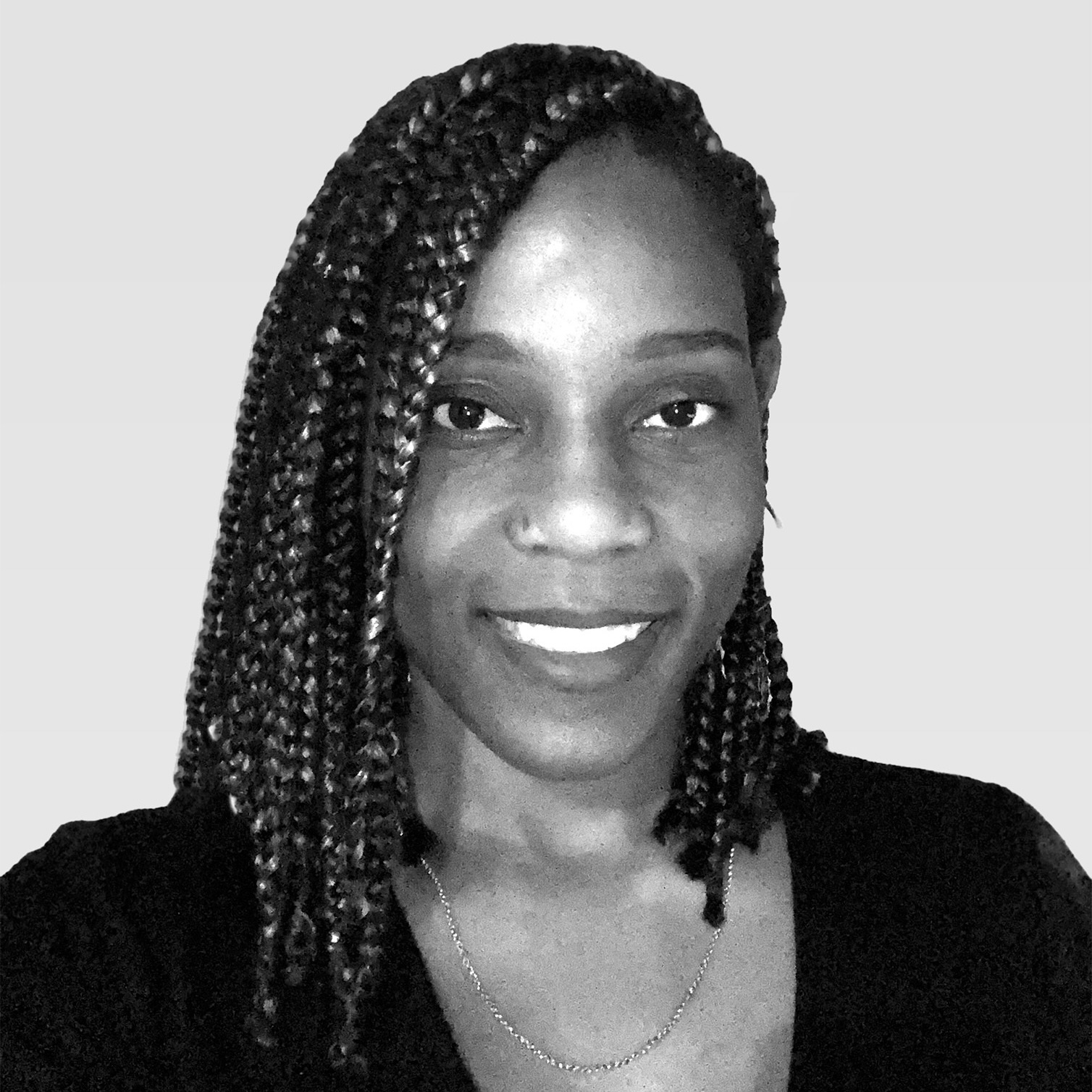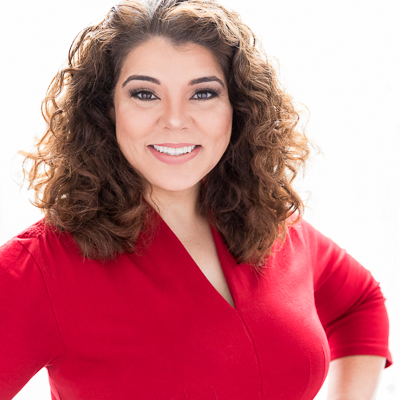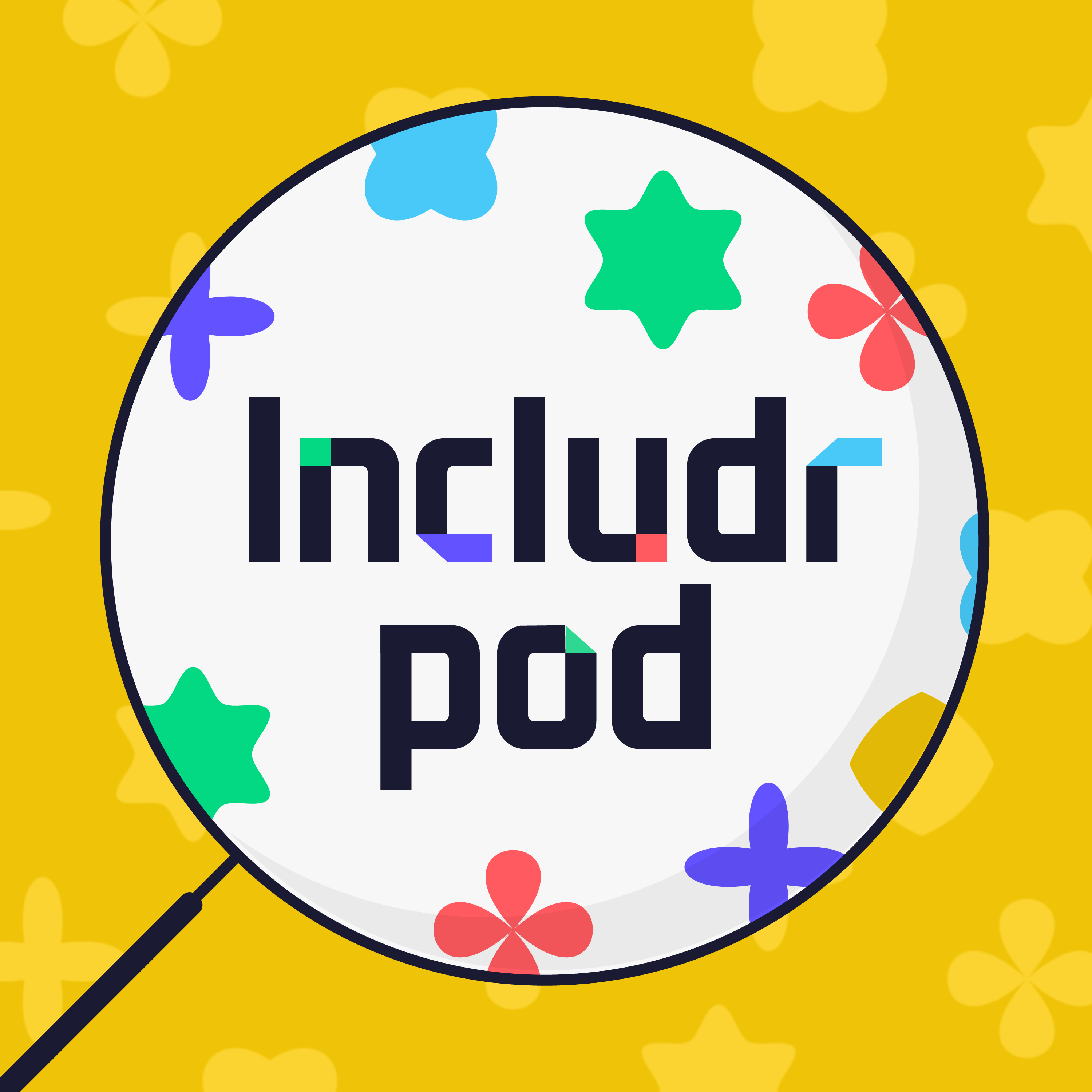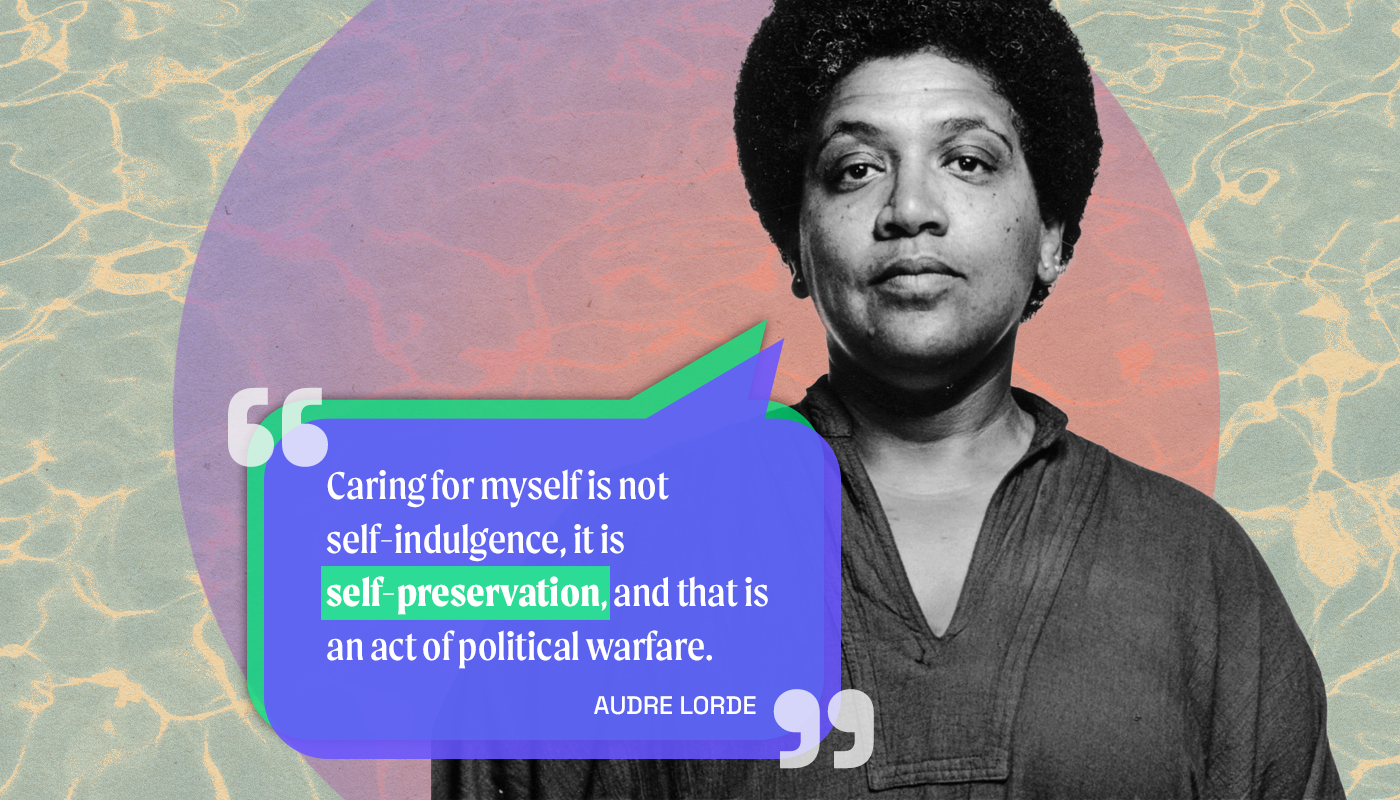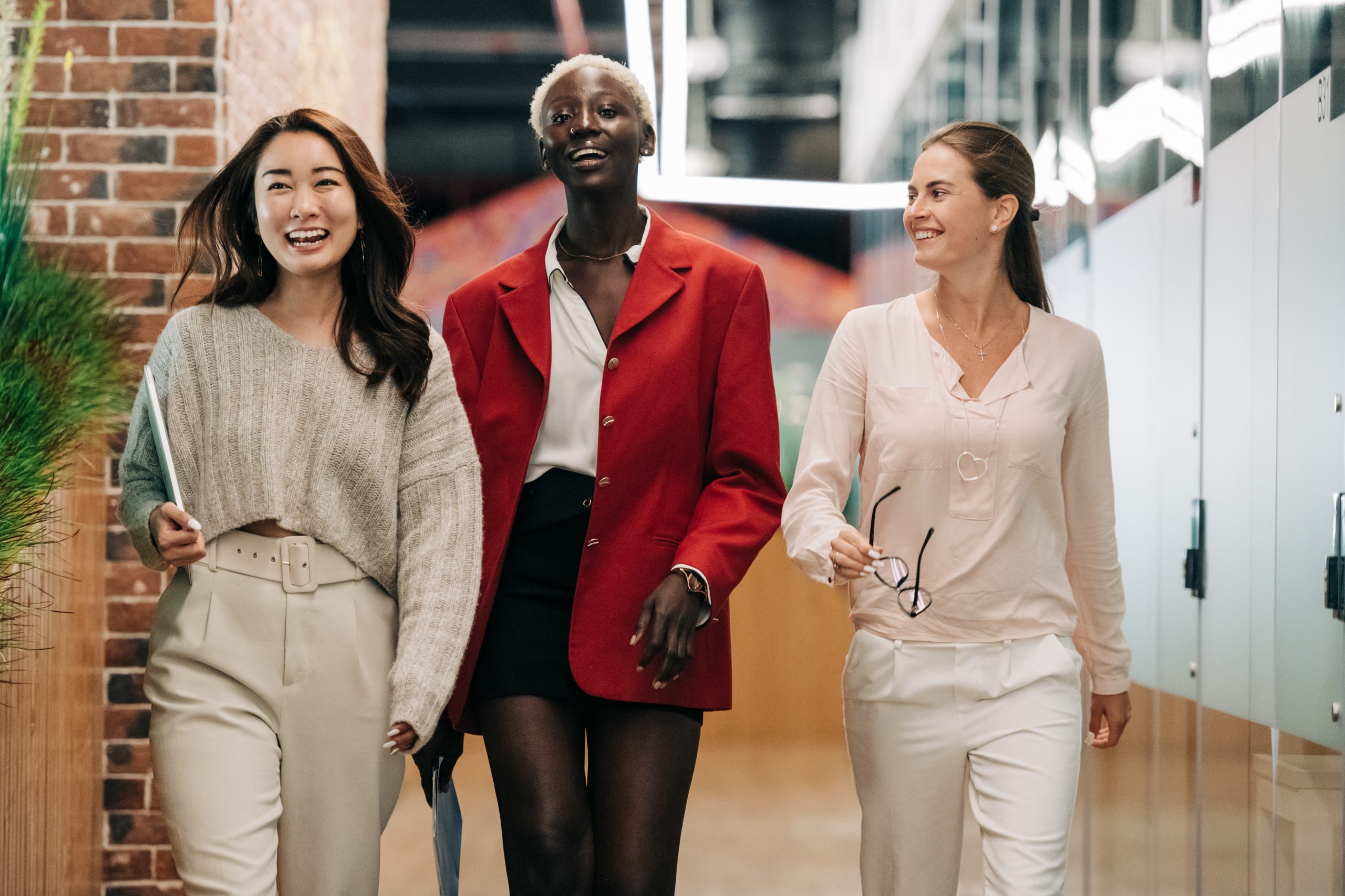4 insights from Celeste Headlee’s new book, Speaking of Race
Learn practical guidance for how we can have conversations about race and racism.
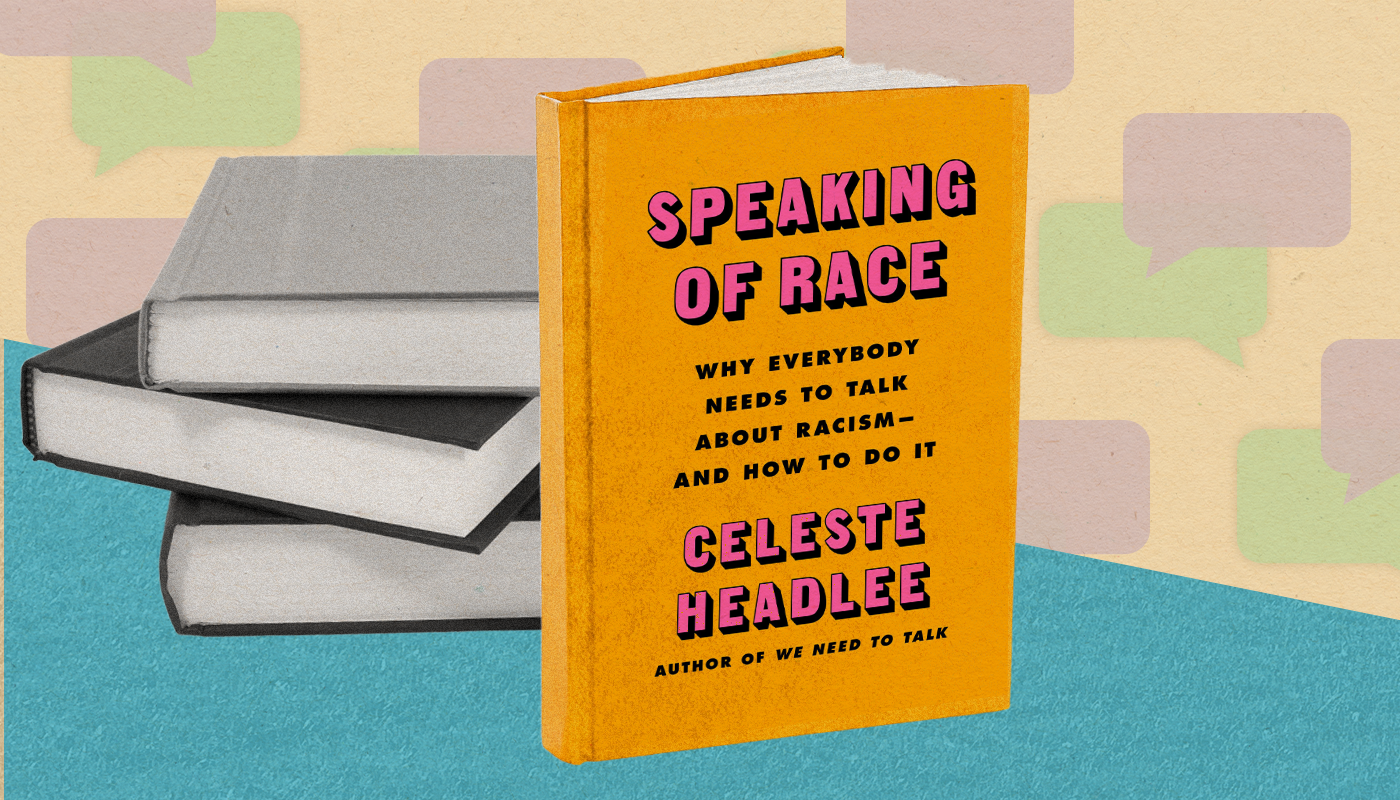
The title of Celeste Headlee’s book Speaking of Race is meant to be taken quite literally. Headlee writes a practical guide built on research and personal experience on the mechanics through which we can have conversations — not debates, not philosophical arguments, no Twitter wars — with each other about race and racism. Speaking of Race also dedicates an entire chapter to having these conversations at work, and we here at Includr could not be happier. The entire book is a rich and accessible compendium of advice and it’s impossible to detail the wealth of knowledge it contains in a few excerpts. So consider this the amuse-bouche for what is certain to be a fulfilling main course.
1. Resistance to diversity is a behavior problem, not a knowledge problem
“We have handled our conversations about diversity badly in the past. We’ve structured them under the assumption that resistance to diversity is a knowledge problem, that we can educate people so they better understand the harm caused by racism and sexism, and that understanding will change their behavior. But that’s not how change works.
There simply isn’t much evidence that standard training in diversity and inclusion is effective in changing someone’s core values or influencing their future decisions.” Pg. 213
2. Cultivating inclusive workplaces requires systemic interventions, not diversity trainings
“In some instances, standard diversity training makes people more prone to behave in a discriminatory way, partly because they think the training has inoculated them from allegations of racism. In fact an analysis of more than eight hundred companies showed that firms that used traditional methods to increase diversity—training programs, performance ratings, grievance systems—saw a drop in the percentage of BIPOC in management roles. Instead of creating substantial change in systems that prevent people of color from succeeding, many diversity initiatives are designed to protect companies from liability in legal action.
The tactics that have proven effective—targeted recruiting, robust mentoring programs, and empowered task forces— are focused on reforming policies and practices, rather than simply relaying information. We don’t need to give people more information.” Pg. 219-220
3. Successful policies to drive DEI must focus on action over values
“Even if an organization publicly sets an agenda committed to diversity and expresses its intent to enforce that agenda, it may be nearly impossible for people to comply. That’s because most of the time, people base their actions more on instinct than on thought. While they may consciously agree that racial preferences are wrong, many of their choices are based on long-held, subconscious beliefs. As mentioned earlier, most of our thoughts are not within conscious control.
Therefore, if our goal is better, more equitable decisions, we must enter the decision timeline not at the moment when a thought arises, but when that thought is expressed as action. If you change the policies that govern work relationships, change the consequences for racist actions, then you never need concern yourself with core values.” Pg. 221
4. To build an inclusive organization, frame diversity as a skill instead of a value.
“Companies and institutions often say they value diversity and inclusion, but their actions rarely substantiate their stated values. That’s at least partly because before an organization becomes inclusive, it must initiate a disruptive revision of the organization’s culture, and that sparks a lot of difficult conversations about how many norms are based on the desire for how much of this workplace identity.” Pg. 214
“As you prepare for such a discussion, I want you to reconsider the nature of diversity, framing it more as a skill than a value. Learning to embrace diversity is about learning to value difference as an asset and to work alongside others without conflict or prejudice. It’s about creating a team in which everyone is supported, heard, and afforded the same opportunities for success and growth. Designing a healthy environment for everyone, regardless of color, religion, sexual orientation, gender identity, or ability, is at heart about fostering an environment for healthy teamwork.” Pg. 217

